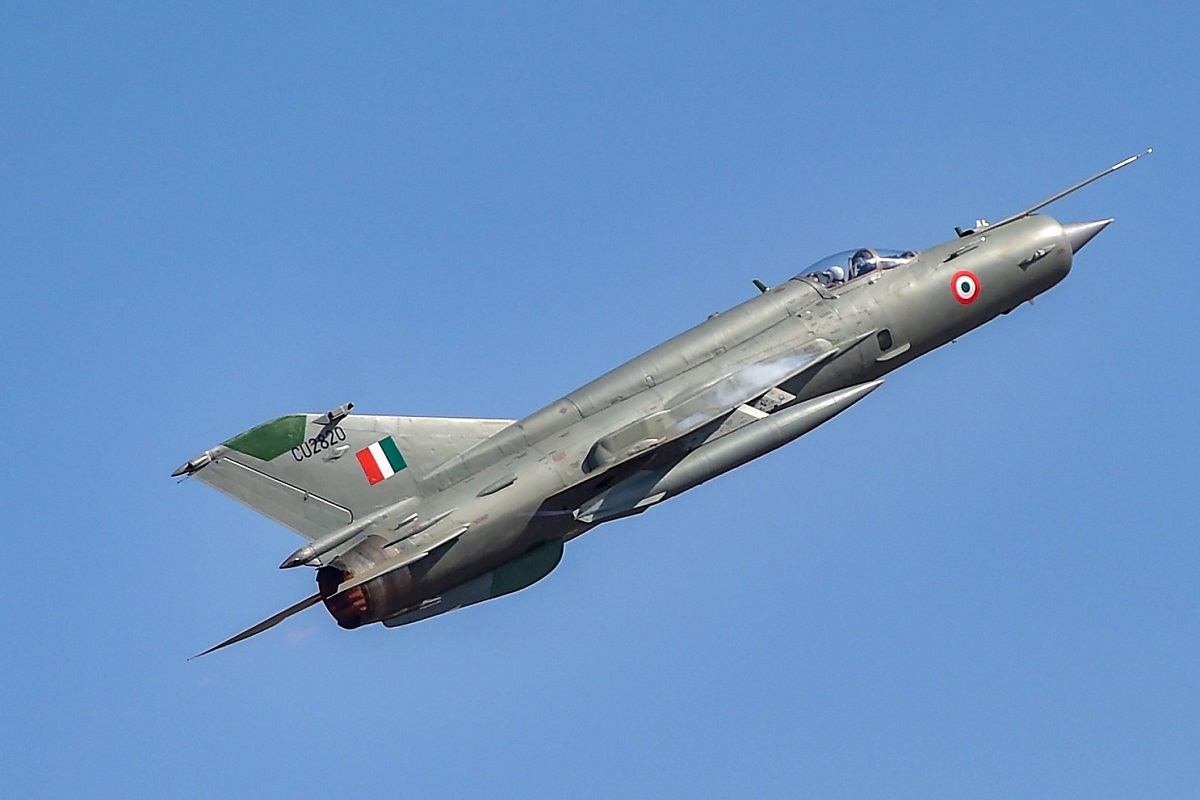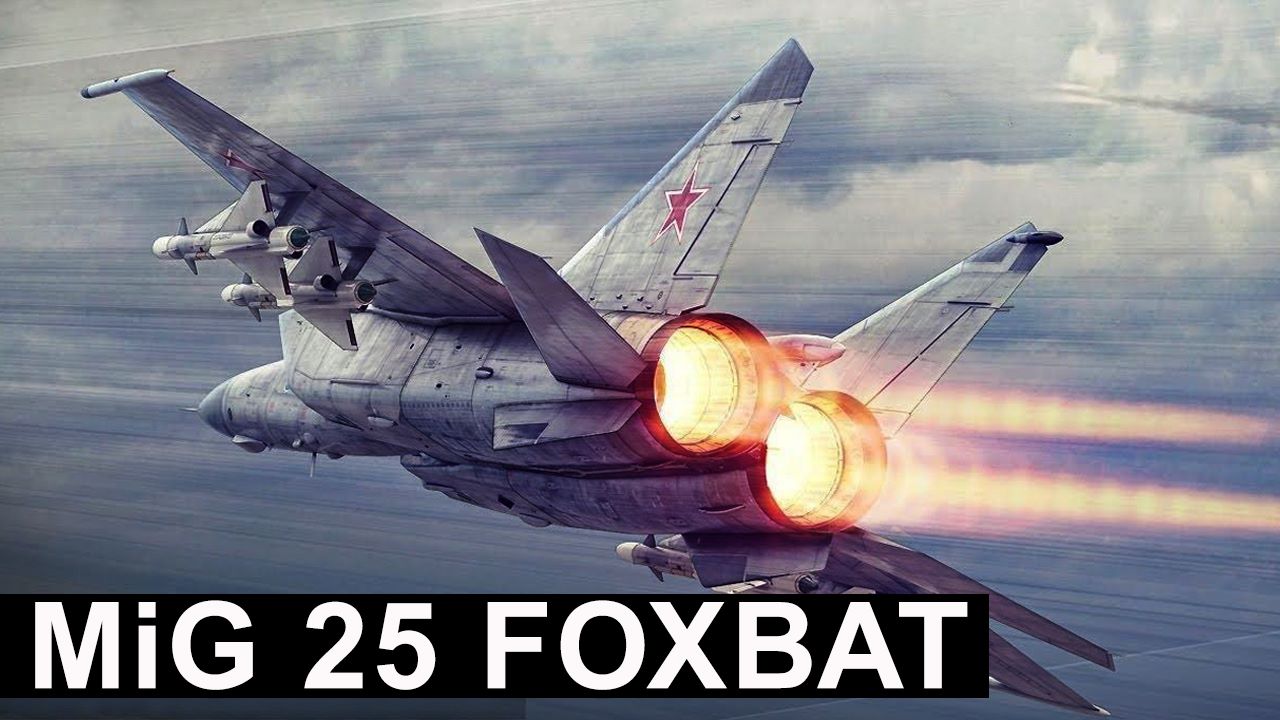On May 26, the Indian Air Force (IAF) launched Operation Safed Sagar, which saw the deployment of air power at 18,000 feet. As the intruders, backed by the Pakistan Army, entrenched themselves on the treacherous heights of the Kargil sector, the IAF deployed its entire fleet, and the pounding continued for the next 60 days.
On May 21, the IAF launched a Canberra PR57 to conduct a reconnaissance of the Kargil area to assess the extent of the intrusion. The aircraft descended to 22,000 feet, just two miles from the LoC. The aircraft was just 4,000 feet above the highest Himalayan points.
The Canberra sustained a direct hit in its right engine by what was later determined to have been a Chinese-made Anza infrared surface-to-air missile.
This called for different tactics if the IAF wanted air power to play a decisive role in the war.
The Indian government had given the green light for the use of air power, albeit with one caveat – the Indian fighter jets were not allowed to cross the border with Pakistan.
India began the air bombing on May 26 with MiG-21, MiG-23, and MiG-27 fighters carrying out six attacks against intruder camps, materiel dumps, and supply routes. The success was short-lived as, on the second day, the force lost two fighter jets – a MiG-27 and a MiG-21.
The Pakistan-backed insurgents were using Stinger, a Man-Portable Air-Defense System (MANPADS) that operates as an infrared homing surface-to-air missile (SAM).
The IAF MiG-21 piloted by Squadron Leader Ajay Ahuja, tasked with photo reconnaissance during the Kargil conflict, was shot down by ground-fired missiles over Batalik along the Line of Control in Ladakh. He ejected in time but parachuted down into Pakistan-occupied Kashmir. He was later executed by the Pakistan forces.
On the third day of air operations, an IAF Mi-17 helicopter was downed again by an enemy shoulder-fired Stinger surface-to-air missile while conducting a low-level attack. After this, the IAF stopped the use of all slow-moving air assets in the conflict.
Operation Safed Sagar
India had pressed its fleet of MiG-21s, MiG-23s, MiG-25s, MiG-27s, MiG-29 Fulcrums, Jaguars, and Mirage-2000s into the attack of the enemy positions within a small target area of just 5-12 km from the Line of Control (LoC).

These fighters flew at 30,000 feet to avoid Pakistan missiles. The Pakistan and Indian Air Forces did not have dogfights. But, the Indian MiG-29s called ‘Baaz’ (or Eagle) did have whoever blinks first games with Pakistan’s F-16 ‘Falcons.’
“While PAF fighters did fly Combat Air Patrols (CAP) during the conflict, they stayed well within Pakistani air space. On occasions, IAF MiG-29s armed with the deadly R-77 BVR Air-to-Air missiles were able to lock on to PAF F-16s, forcing the latter to disengage. In the absence of a PAF threat, the IAF was able to deliver numerous devastating strikes on intruder positions and supply dumps,” a Strategy Page report said in the aftermath of the conflict.
The PAF’s director of operations during the Kargil War later reported isolated instances of IAF and PAF fighters locking on to each other with their onboard fire control radars.
The IAF pilots carried out 6,500 sorties, including strikes, reconnaissance, evacuation, transportation, and logistic support.
In a report by the Carnegie Endowment for International Peace in 2012, Benjamin Lambeth explained how the IAF pummelled the Pakistan Army and the PAF:
“Throughout the campaign, whenever IAF reconnaissance or ground attack operations were underway in the immediate combat zone, Western Air Command ensured that MiG-29s or other air-to-air fighters were also airborne on combat air patrol stations over the ground fighting on India’s side of the LoC to provide top cover against any attempt by the PAF to enter the fray in a ground attack role.”
The report was titled “Airpower at 18,000 feet: The Indian Air Force in the Kargil War”.
The result was that PAF F-16s maintained a safe distance of 10 to 20 miles on the Pakistani side of the border. The report quotes Air Marshal (retired) Vinod Patney, the then head of Western Air Command: “I think my insistence to mount CAPs across the (command’s entire area of responsibility) at different heights and times to give the message that I was ready and angling for an enlarged conflict helped. It was akin to throwing a glove, but it was not picked up.”
Then IAF Chief AY Tipnis later recalled that he had “personally authorized his escorting fighter pilots to chase any Pakistani aircraft back across the LoC in hot pursuit were those pilots to be engaged by enemy fighters in aerial combat.”
Talking to the EurAsian Times, Air Marshal Anil Khosla (retired) said: “Mig-29 and Mig-21 aircraft played an important role in local area air dominance by preventing enemy aircraft from interfering with our air and ground operations.” “The effort these aircraft put into air defense escorts and Combat Air Patrolling by day and night proved an effective deterrent, ensuring local air superiority. At times, PAF F-16s, orbiting on their side of the LOC, were kept at bay by our air defense fighters flying a protective pattern above the strike,” the Khosla added.
MiG-23 and MiG-27 fighter jets had to manually dive to bomb the targets as they lacked modern equipment to locate them. However, this tactic did not work well in the rarefied atmosphere of the Himalayas, so the IAF introduced the French Mirage 2000H equipped with day—and night laser-guided bomb delivery pods.
On June 24, the IAF’s two Mirage 2000Hs dropped the first-ever laser-guided bombs of the force in a combat mission and destroyed the Northern Light Infantry’s command and control bunkers. The IAF reported at the end of 1999 that it resulted in as many as 300 enemy casualties within just minutes.
Air Marshal Khosla said: “Interdiction proved effective (Attack on NLI’s (Northern Light Infantry of Pakistan) command headquarters at Tiger Hill and supply dumps at Muntho Dhalo).” But he adds that “helicopters and fixed-wing combat support aircraft are vulnerable in contested air space”. This holds in today’s battleground.
Ingenuity In The Face Of Icy Himalayan Heights
Air Marshal Khosla underscores that airpower needs to be applied innovatively with ingenuity. The challenges during the Kargil conflict were manifold, including the high-altitude terrain (10,000 to 18,000 ft), low air density, strong winds, small camouflaged targets, and self-imposed restrictions like not crossing the border.
The IAF’s MiG-21s operated without modern navigation equipment and pilots managed with handheld GPS gadgets. The forces engineers integrated 1000-kg bombs from the World War II era with laser-guided weapon pods. The IAF reportedly selected weapon impact points that would snowball into landslides or avalanches.
The IAF also deployed its ‘Super Spy’ MiG-25 Foxbat for reconnaissance missions. With an operational flight of over 70,000 feet and a speed of Mach 2.5, the fighter jet had regularly flown reconnaissance missions across Pakistan to map the country. The information gathered was used to maintain an Order of Battle (ORBAT) against Pakistan.

Such was the clarity of the camera fitted in the belly of the aircraft that it could click photos of humans on a Pakistani tarmac. The Foxbat had given a sonic boom to Pakistan and escaped even before PAF scrambled its interceptors.
In 1999, however, its mission parameters were different—it was to fly low and slow to map the targets on the Pakistani side for the Mirage-2000s bombing. The aircraft flew at a lower height, which was never envisaged, and there were no laid down Standard Operating Procedures (SOPs). Also, it needed to maintain a velocity and height ratio for the camera to be able to click clear photographs.
At the given height, the aircraft was well beyond the range of the surface-to-air missiles, but the only threat was from aerial interception. To overcome that, the aircraft was escorted by Mirage-2000s during the mission.
“The aircraft did the finest photography of the Line of Control between India and Pakistan. This helped in better planning of missions,” Air Marshal Sumit Mukherjee (retired), who once flew the world’s fastest jet, told the EurAsian Times.
- Ritu Sharma has been a journalist for over a decade, writing on defense, foreign affairs, and nuclear technology.
- The author can be reached at ritu.sharma (at) mail.com
- Follow EurAsian Times on Google News




